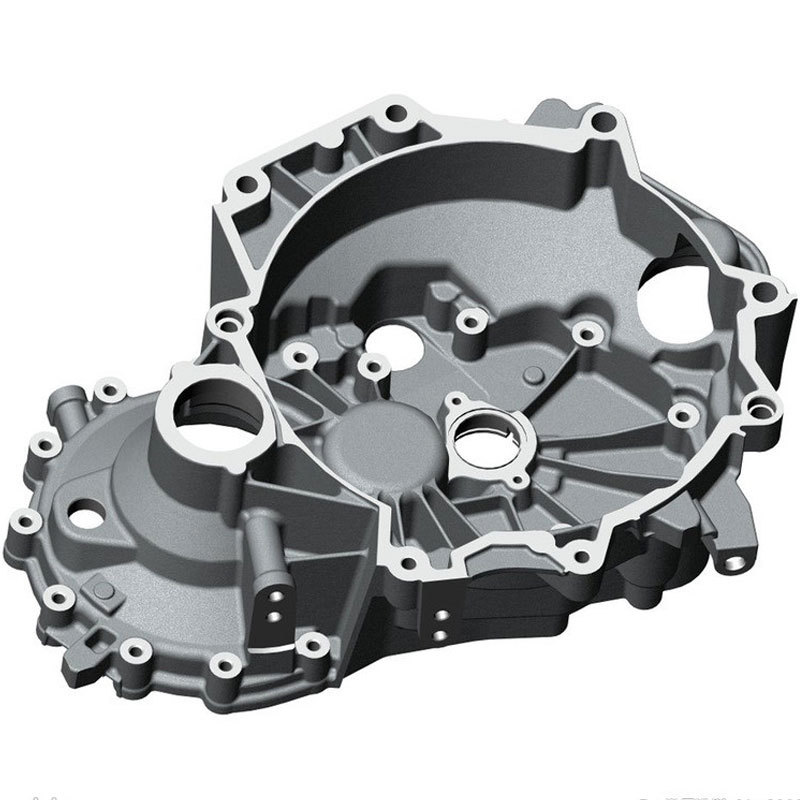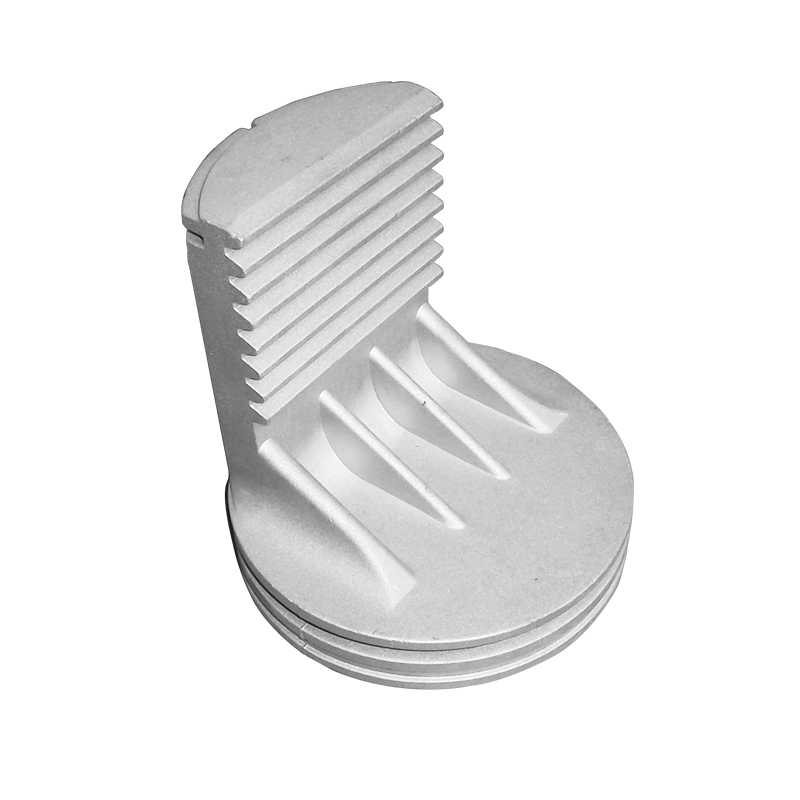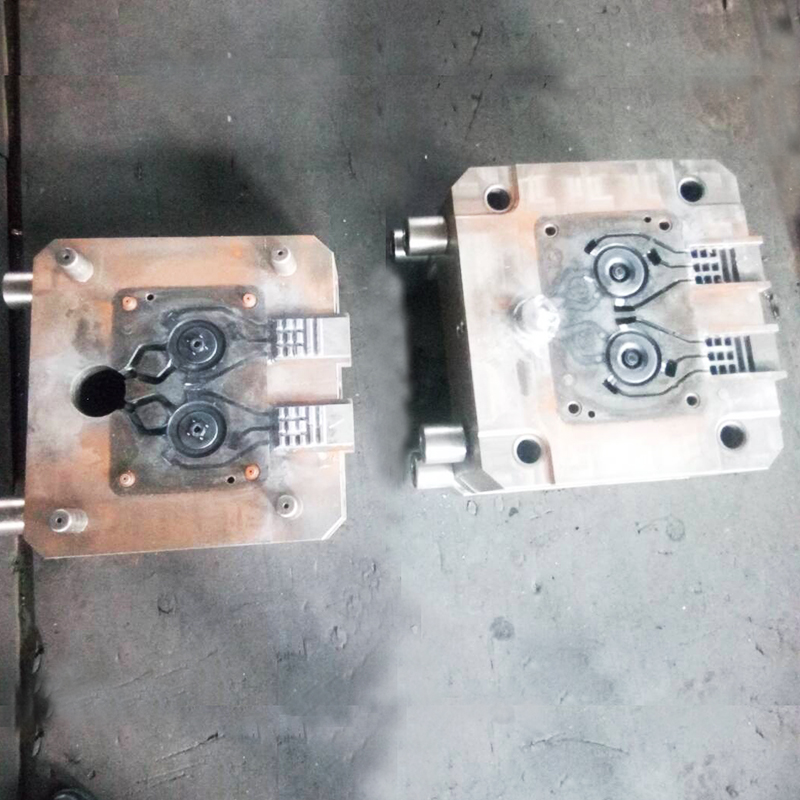Introduction to hard anodizing
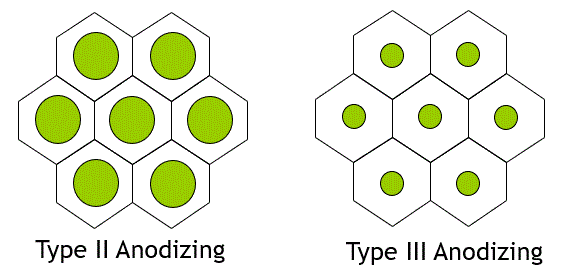
The figures show the differences in structure of type II Anodizing compared to type III Anodizing.
Anodizing is an electrochemical process that is commonly used to enhance the corrosion resistance, wear resistance, and aesthetic appearance of aluminum and other non-ferrous metals. Both hard anodizing and normal (also known as sulfuric acid) anodizing are variations of this process, but they have distinct differences, especially in terms of their purpose and characteristics, when applied to die casting parts:
-
Purpose and Characteristics:
-
Normal Anodizing: Normal or sulfuric acid anodizing is a relatively mild anodizing process that primarily focuses on improving the corrosion resistance of the metal surface. It creates a porous, oxide layer on the surface of the die casting part. This layer is typically less than 25 micrometers thick and is relatively soft and porous, making it less wear-resistant.
-
Hard Anodizing: Hard anodizing is a more specialized and controlled anodizing process that aims to create a thicker and harder oxide layer on the surface of the die casting part. This layer can be between 25 to 100 micrometers or more in thickness. It is significantly harder and more wear-resistant than the oxide layer produced by normal anodizing. Hard anodizing provides improved abrasion resistance, thermal stability, and electrical insulation properties.
-
-
Thickness:
-
Normal Anodizing: The anodized layer produced in normal anodizing is relatively thin, usually less than 25 micrometers.
-
Hard Anodizing: Hard anodizing creates a much thicker oxide layer, often exceeding 25 micrometers, with some applications reaching up to 100 micrometers or more.
-
-
Hardness:
-
Normal Anodizing: The anodized layer formed through normal anodizing is relatively soft and has a lower surface hardness.
-
Hard Anodizing: Hard anodizing creates a substantially harder surface layer, which is why it is called "hard" anodizing. This enhanced hardness offers better resistance to wear and abrasion.
-
-
Wear Resistance:
-
Normal Anodizing: While normal anodizing improves corrosion resistance, it doesn't provide the same level of wear resistance as hard anodizing.
-
Hard Anodizing: The primary advantage of hard anodizing is its superior wear resistance, making it suitable for parts subjected to high levels of abrasion and mechanical stress.
-
-
Applications:
-
Normal Anodizing: This is suitable for parts that require corrosion resistance, a decorative finish, and electrical insulation. Common applications include architectural elements, consumer products, and some die-cast components.
-
Hard Anodizing: This is used for applications that demand higher levels of wear resistance, such as parts in the aerospace, automotive, and machinery industries. It's particularly valuable for components subjected to friction, heat, or other harsh environmental conditions.
-
In summary, the key difference between hard anodizing and normal anodizing for die casting parts lies in the thickness, hardness, and wear resistance of the anodized layer. The choice between these two processes depends on the specific requirements of the part and the intended application.
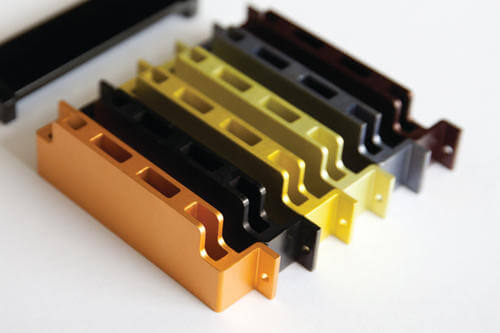
NINGBO FUERD MECHANICAL CO., LTD
Website: https://www.fuerd.com
